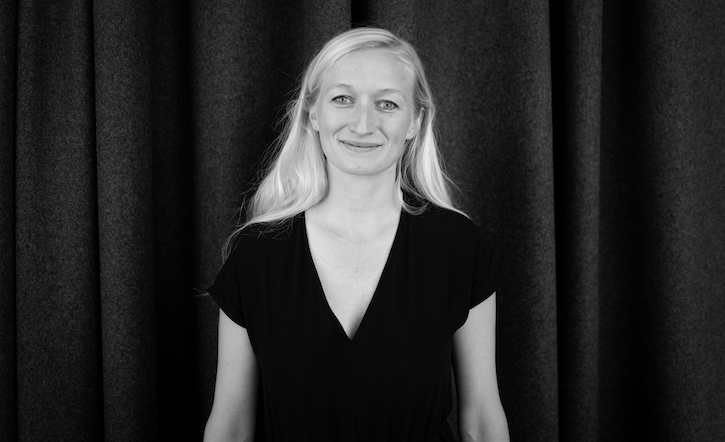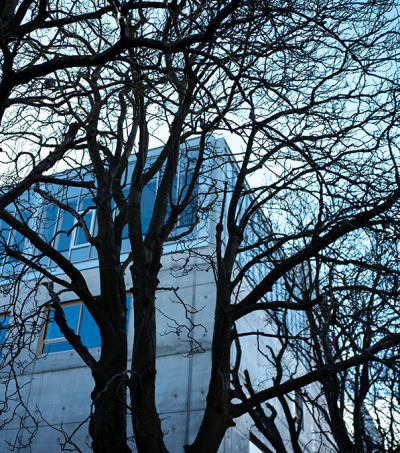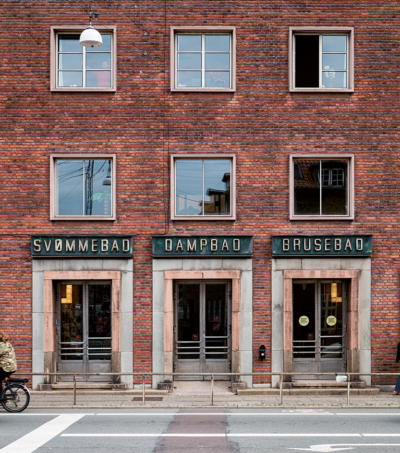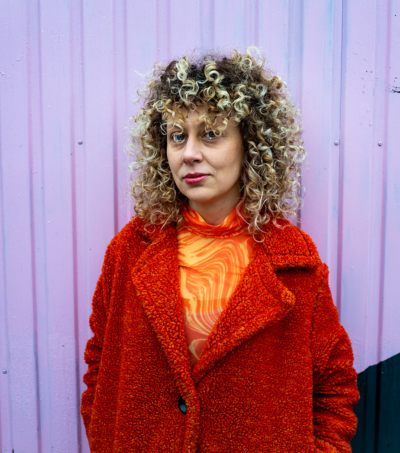This is how Mette Boisen Lyhne explains the starting point for her PhD project; a project which will be investigating the thermal indoor climate in Danish single-family houses in the 1900s – specifically four types of houses: Murermestervillaen (the master mason’s house), funkishuset (the functionalist house), statslånshuset (“the state loan house”) and the detached house.
There is a large volume of these houses, and very many of them are facing renovation. And for this process, new strategies to counter overheating will be extremely welcome. Mette’s focus is on so-called passive solutions, i.e. solutions that do not involve energy-consuming mechanical appliances.
The chimney as ventilation
The question is whether we can actively use some of the older architectural elements when the houses need to be renovated? Mette points to roof overhangs and solar screening but also to the chimney:
‘In old murermestervillaer (master mason’s houses), the chimney is located centrally in the house, allowing it to give off heat to all the rooms around it. Today it can function as an exhaust duct that conducts heat out of the house’.
Mette Boisen Lyhne is studying the literature of the 1900s in order to understand what knowledge they had about indoor climate in different periods of this era. But she will also be looking into specific cases – namely four types of single-family houses.
‘My approach is first and foremost qualitative. I will be interviewing residents about the thermal indoor climate and will supplement this information with my own measurements. This will give me an insight into which architectural elements of a house have an impact on the indoor climate’.
Activating architectural elements
The result will, first and foremost, be an architectural historical analysis, but Mette, nevertheless, expects her work to hold useful perspectives for our future building practice.
‘Hopefully it can also be an inspiration for architects in terms of how we can activate different architectural elements when we renovate older houses,’ she says.
And the work is also of great importance to all those who are, today, too hot in their houses.
‘On average, we spend 16 hours a day in our houses. Consequently, the indoor climate is crucial to our health and well-being’, says Mette Boisen Lyhne.
Facts
- We usually divide indoor climate into four categories: atmospheric, thermal, visual and acoustic. Mette’s project mainly focuses on the thermal aspect.
- Read the full project description on the school’s website.
- Mette Boisen Lyhne expects to conclude her PhD project in the summer of 2024.







